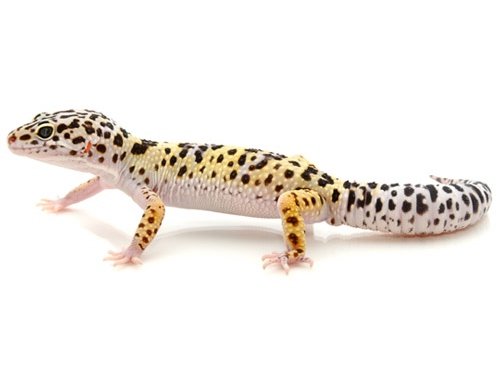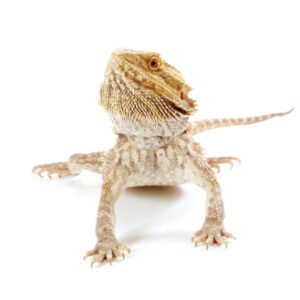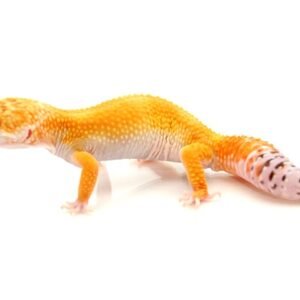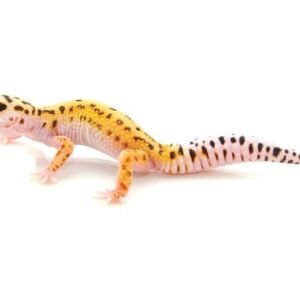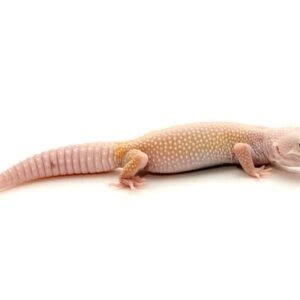Choosing Your Leopard Gecko: What to Look For
When selecting a leopard gecko as a pet, several factors should guide your decision to ensure you choose a healthy and suitable companion. One key aspect is the variety of morphs available. Leopard geckos exhibit a range of colors and patterns, from the classic wild type to unique morphs such as the Snow, Mackerel, or Tangerine. Understanding these morphs not only enhances your aesthetic enjoyment but also influences the overall care requirements and potential health issues specific to certain morphs. If a particular morph catches your eye, ensure you research its characteristics and care needs thoroughly.
Another important consideration is the physical health of the leopard gecko. Healthy geckos typically have clear eyes, smooth skin, and a full, well-rounded body. Signs of distress or illness can include sunken eyes, shedding difficulties, or unusual lethargy. It is crucial to assess the animal’s conditions before making a commitment, as purchasing a gecko with health issues can lead to additional costs and emotional challenges down the line. Additionally, age plays a significant role in your selection process. While juvenile geckos may be more active and engaging, they require careful husbandry as they grow. On the other hand, adults tend to have more predictable temperaments and established care needs.
Lastly, where you source your leopard gecko can impact its health and temperament. Reputable breeders often specialize in specific morphs and provide comprehensive care for their animals. In contrast, buying from pet stores may yield geckos of uncertain lineage. Regardless of where you purchase, be prepared with questions about the gecko’s diet, age, and health history. This proactive approach will help you find a leopard gecko that aligns with your preferences and ability to provide proper care.
Creating the Perfect Habitat for Your Leopard Gecko
Establishing a suitable habitat for your leopard gecko is vital for its well-being and overall health. The first step is selecting an appropriate tank size; a 20-gallon terrarium is often recommended for a single adult gecko, while larger spaces are advisable for multiple occupants. Opt for a well-ventilated enclosure with a secure lid to prevent escapes and protect your pet from external threats.
Heating is another crucial aspect to consider when setting up your leopard gecko habitat. Unlike many reptiles, leopard geckos do not require a basking spot in the same way. Instead, they thrive with a temperature gradient that allows them to self-regulate their body temperature. One side of the tank should be maintained at around 88-92°F using an under-tank heating pad or heating tape, while the cooler side should remain at about 70-75°F. This setup allows your gecko to move between temperatures according to its needs.
Substrate choice is important as well; avoid sand or loose substrates that can cause impaction. Paper towels or reptile carpet serve as safe and easy-to-clean options. Additionally, provide several hiding spots using commercial hides or natural decorations such as rocks and logs. These structures offer your gecko security and encourage natural behaviors.
Humidity levels also need attention; leopard geckos prefer a humidity range of 30-40%. To achieve this, light misting a portion of the habitat can be beneficial, but care must be taken to prevent excessive moisture. Lighting is generally not a major concern for leopard geckos, as they are primarily nocturnal. However, providing a low-wattage UVB light can support metabolic processes.
Finally, regularly maintain their habitat through cleaning and monitoring environmental conditions. This routine not only ensures a stress-free environment but also promotes the health and happiness of your leopard gecko, making it an ideal companion.

